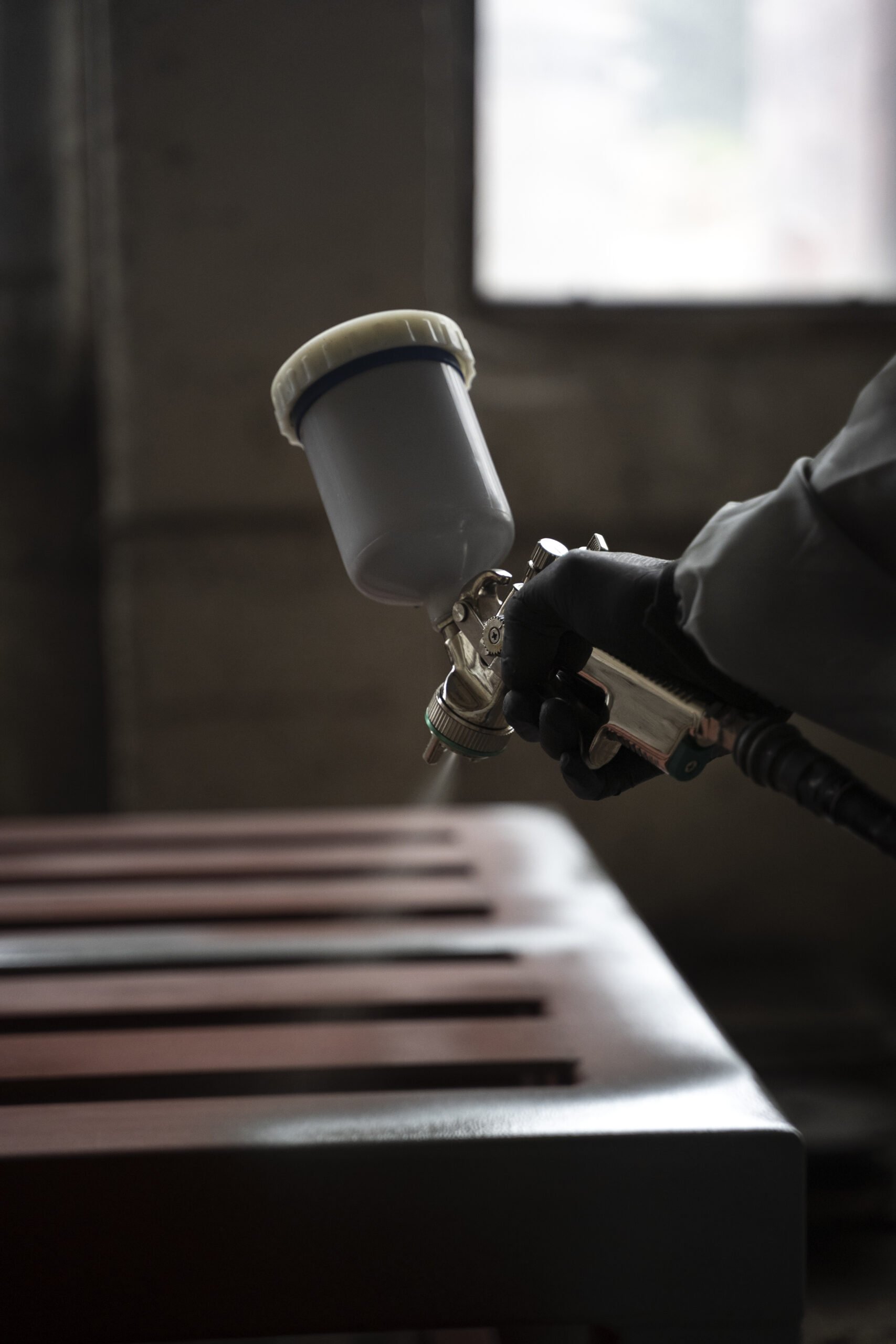Zinc Dust Uses
Metal Plating
In today’s world, most of the zinc dust is used for plating. It is the process by which a metal surface is coated with zinc to protect against rust.
Zinc dust plating is mostly used to protect metals like iron and steel against corrosiveness. It involves the process of electrodeposition, which is a thin coating of zinc metal sprayed onto the substrate surface of another metal. The rust reaching the underlying metal surface can be prevented by a zinc dust coating. Zinc dust is used due to its innate ability to fight corrosion in metals.
The zinc plating process includes preparing and cleaning the surface, preparing the plating solution (acid zinc and alkaline zinc), choosing the appropriate zinc plating procedure, introducing electrical current, and post-treatment procedures.
Zinc plating depends on current density, temperature, zinc deposit concentration, position of the anode and cathode, substrate surface condition, agitation of the bath, use of additives like surfactants and brighteners, concentration of hydrogen ions, actual plating time duration, degree of filtration of the zinc plating bath, rinsing operation efficiency, and pollutants and contaminants concentration in the plating bath.

Zinc Powder Plating
Zinc powder plating has various applications in different industries. Zinc dust coating provides an anti-corrosive effect on metal parts like nuts, bolts, screws, and fasteners. It is mostly used for coating hardware parts. It has also gained extensive use in the automotive industry, protecting parts like brake calipers, brake pipes, and power steering parts.
Zinc Dust Plating
In addition, zinc dust plating is employed in the production of armored personnel carriers, tanks, and other heavy military vehicles. It can also be utilized as a protective undercoating earlier to painting, as it can promote greater paint adhesion.
Benefits of Zinc Powder Plating
Benefits of zinc powder plating include cost effectiveness, increased strength, low-stress deposit, flexibility, ductility, high temperature tolerance, control of hydrogen embrittlement, friendliness to the environment, and aesthetic appeal.